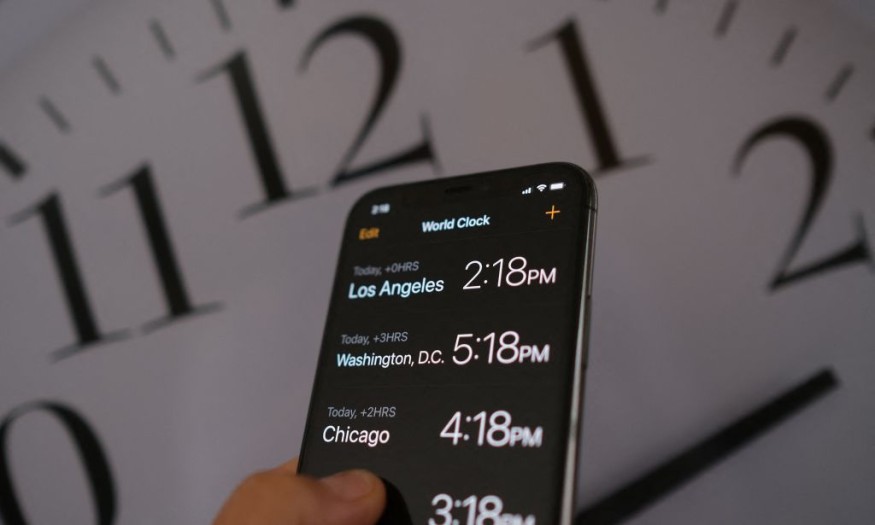The Sunlight Protection Act, S.623, which is now set to go to the House and eventually, to the desk of the United States president Joe Biden to sign into law, could be the end of the twice-a-year habit of changing the clocks from Standard Time to Daylight Savings Time or DST and back.
Forbes reported that just a few days after seeing the clocks adjust forward, the US Senate passed a bill early this week to make DST permanent.
Is Daylight Savings Time Now Permanent? All You Need To Know As Senate Passes ‘Sunlight Protection Act’: https://t.co/9c1VXpOhSd pic.twitter.com/1Ia3ZxH73l
— Forbes (@Forbes) March 17, 2022
As a result of this bill's passage, this report specified that there will be an "extra hour of sunshine" towards the end of summer nights, as there is now, with DST. There will also be an extra hour of darkness at the beginning of winter mornings which is currently being avoided by returning to Standard Time.
Originally designed by Europeans to save fuel, the idea was that with more daylight during the evening, artificial lighting would be less necessary because of a later sunset.

Daylight Savings Time
Daylight savings time has been in operation for a little over a century, although the Uniform Time Act standardized it only in 1966, a similar Daily US Post report specified.
Essentially, DST attempts to push sunset back an hour in summer, rather than wasting that extra hour of daylight early in the morning when most people are still in bed.
Practically, the exact effect of DST depends on where a person lives in the US, with areas further west in the time zone more affective by the clocks "springing forward."
In most of the US, except Arizona or Hawaii, which remain on Standard Time, DST starts on the second Sunday in March and continues until the first Sunday of November.
Immediate Impact of the Change in DST
As of this week, the Sun appears to have set roughly an hour later than it was a week ago. It also appears to be rising one hour later. Therefore, the early mornings are darker.,
The clock "springing forward" is good news for people who prefer to drive home from work while it is still light, although there is evidence that the spring transition to DST is acutely increasing deadly traffic accidents by six percent in the US, specifically in the morning.
Other severe side effects of the change from Standard Time to Daylight Savings Time include more depressive episodes, suicides, cluster headaches, heart attacks, and sleep problems.
A CBS News report said that according to Senator Marco Rubio, a Republican from Florida, the good news is "if we get this passed," there is no need to keep doing this anymore. Hopefully, he added, this is the year that this gets it one and, "pardon the pun," although this is a notion whose time has come.
The senator pointed to a study showing that an extra hour of sunlight later in the day results in decreased crime levels, a reduction in seasonal depression, and more time for kids to play outside.
Report about the passing of the bill to make DST permanent is shown on CBS Mornings's YouTube video below:
RELATED ARTICLE : Daylight Saving Time: Negative Effects on the Mind and Body to Watch Out, According to Science
Check out more news and information on Biology in Science Times.










